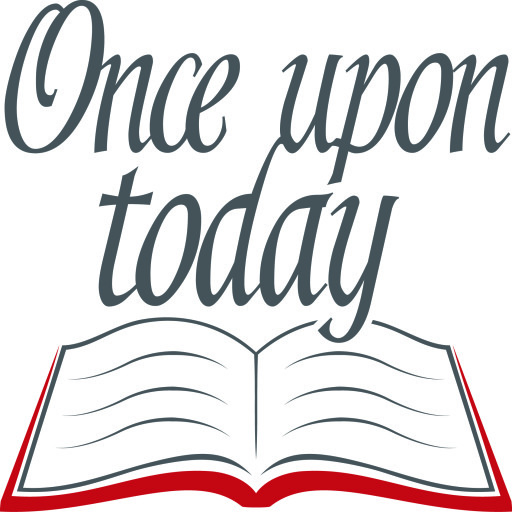In order to increase public participation and common understanding regarding European history, we propose a new concept of museum which is not based on wars and big events, but rather on 5 structural dimensions: social, cultural, political, scientific, economic. For example, if a person is interested in politics and want to find more about democracy, s/he can go to the political dimension and see how it evolved from the ancient Greece to present days.
In order to fully understand this dimensions, the museum will be divided in 4 sections as follows: virtual glasses, individual stories, historical objects and education. Virtual glasses is the section where events/facts are first reconstructed and, by putting on a pair of glasses, a person can attend to an ancient debate or a medieval fair. Individual stories section includes testimonials from direct participants in different contemporary events and the way everyone understand it through its one perspective. It is a recognition that the same event is seen different and in order to fully understand it, a visitor must see it from different points of view. Historical object section is the classical part of the museum where every European country contribute with representative objects. Education section is dedicated to children, youngsters and all the person interested in European civilization and is based on participation in different workshops, seminars, debates or reenactment activities that contributes to a better understanding of European past and future.
The innovation of this museum is that it will be formed from 2 parts: a steady part and a moving one. So, the location of the museum is in a small village near Danube. Each year for at least 6 months, the floating part that includes 3 sections (Virtual glasses, Individual stories and education) will split from the steady part (Historical objects) and float on Danube, crossing all the countries through which Danube is crossing, increasing the level of European participation in understanding common past. The best part is that the museum knowledge goes to people and communities, reaching them, not only EU citizens, non EU as well.
